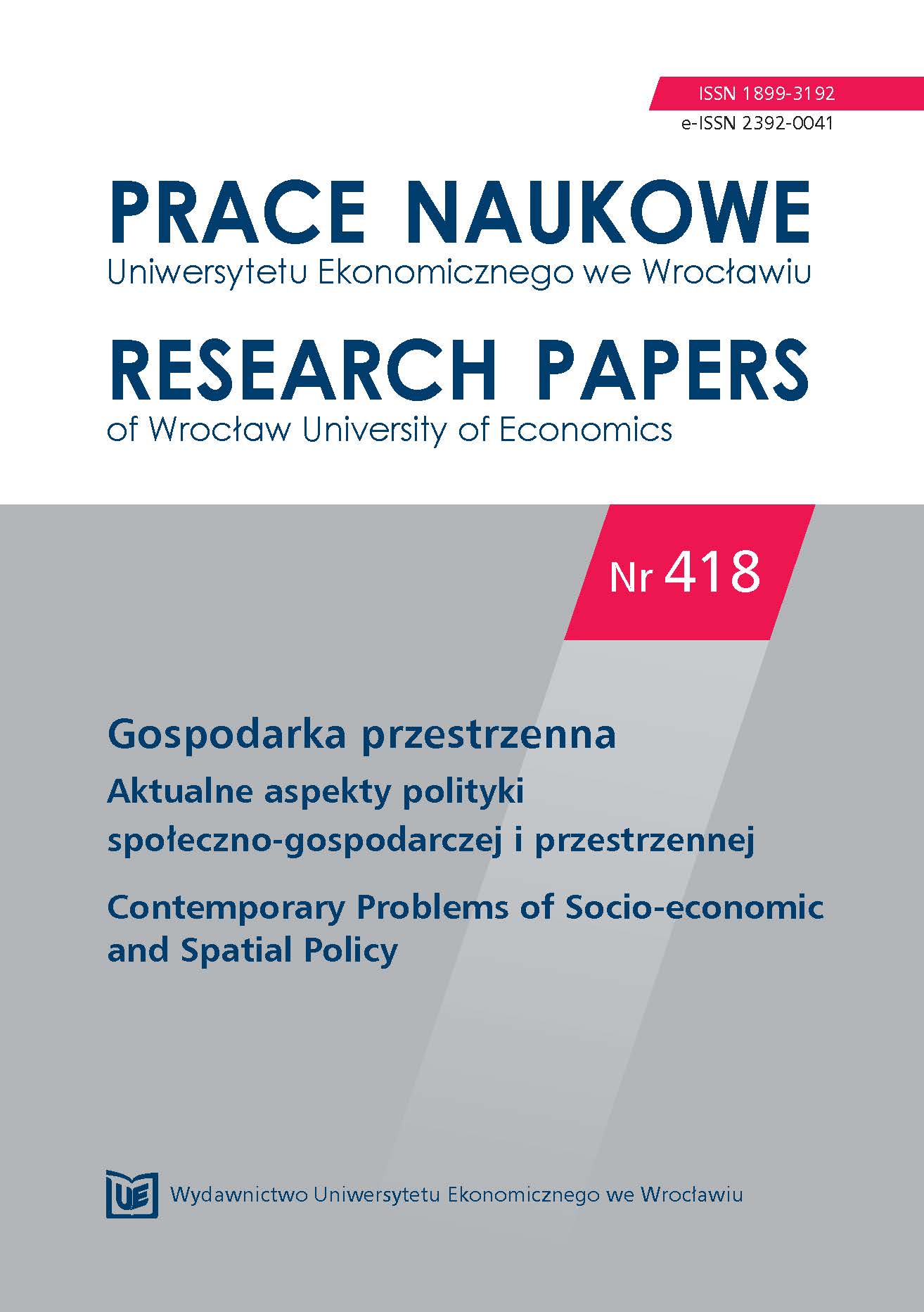Unsustainable spatial planning – the example of communities of the central region
Unsustainable spatial planning – the example of communities of the central region
Author(s): Marcin FeltynowskiSubject(s): Economy, National Economy
Published by: Wydawnictwo Uniwersytetu Ekonomicznego we Wrocławiu
Keywords: land-use plan; sustainable development; demographic capacity indicator; evidence based urban planning
Summary/Abstract: Sustainable development is an overriding principle of spatial planning. The article addresses the issue of sustainable spatial planning putting forward a hypothesis that the majority of gminas do not follow the paradigm of sustainable development. The purpose of the article is to indicate a method that allows to estimate demographic capacity on the basis of spatial data. A consequence of the capacity assessment is the possibility to demonstrate; which of the surveyed gminas in the central region allot too much space for housing development. For the credibility of the research; gminas that are fully covered with land-use plans have been included in the analysis. The most significant conclusion that results from the research is the fact that in the research group there is no connection between the demographic situation and the assumptions regarding housing development in land-use plans. The majority of local governments prepare these documents in isolation from statistical and spatial data; which results in situations where the implementation of the plans’ guidelines leads to an increase in the population number up to thirtyfold. This kind of practices harm the inner and inter generation justice and lead to an excessive anthropogenic impact on the space surrounding a human being.
Journal: Prace Naukowe Uniwersytetu Ekonomicznego we Wrocławiu
- Issue Year: 2016
- Issue No: 418
- Page Range: 52-60
- Page Count: 9
- Language: English

